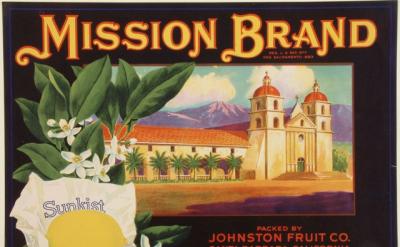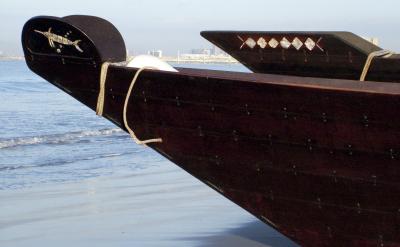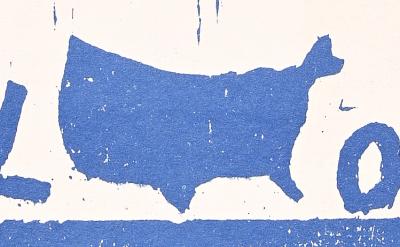

Katie Dorame (Tongva), Mission Exterior, 2014, Oil on canvas, Autry Museum of the American West, 2025.21.1
Reclaiming El Camino: Native Resistance in the Missions and Beyond
About the Exhibition
For thousands of years, Native people have followed the trade routes and roads of their Ancestors throughout and beyond what we now know as California. Native people moved up and down the West Coast—inland and overland—connecting, socializing, trading, and living along many roads, pathways, and water routes. El Camino Real—“the Royal Road” or “Kings Highway”—however, is an American construct of the twentieth century. This route was part of a broader re-creation of the missions in California that had long been defeated, outlived, and crumbled into ruin. As California built a history around the rebuilt missions starting in the 1890s, the role of California Indians was reduced to that of background actors in a story of religious and political inevitability. The illusion of the single “road” lined with missions, each a day's ride from the next, is coupled with the fantasy that along the road, missionaries brought light and salvation to the Native peoples. The reality is that the arrival of the Spanish military in the sixteenth century began a history of devastating impacts that changed the freedom of movement and diversity of life in California, not only for the Indigenous people but also for the land and environment. Those changes followed and occurred along well-traveled routes, on both land and sea, and had such an impact that most Californians who travel those roads to work, school, and home today have little knowledge of California as it was, in the time before.
This exhibition provides a glimpse into another reality based on truth rather than fantasy and underscores the Native experience rather than tourism economics. Each section contains a story of the impacts of settlement followed by responses from Native communities in their efforts to survive and thrive in the lands they call home.




